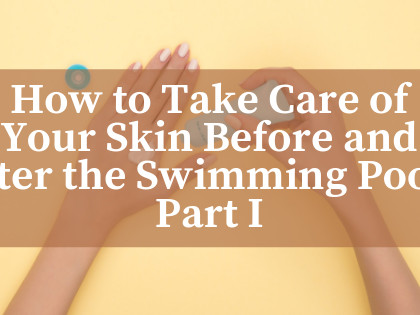Spending a lazy summer day by the beautiful pool of SPA Hotel “Hissar” may be the best way to enjoy the season. And with this warm weather at the moment, you've probably prepared your beach bag with a new swimsuit, a cloth and a proper shampoo. However, before you dive into the water, it is nice to spend some time preparing your skin.
While the effects of chlorine on the scalp attract all the attention, it turns out that the chemicals in the pool can be just as unpleasant to your skin, if you're not careful. If you have ever had itching after swimming in the pool, you have already experienced this feeling.
Here's how dermatologists recommend taking care of your skin before and after swimming.
1. Prepare your skin with a barrier cream
Chlorine is added to the pools to disinfect and prevent the emergence and spread of bacterial, viral and protozoal diseases. Because of its caustic nature, chlorine causes irritant contact dermatitis, namely red, dry, and itchy skin.
To avoid the inconvenient itch and redness, it is advisable to prepare your skin with a barrier cream before entering the pool. Search for products with glycerine, oils or petrolatum listed in the ingredients. Bonus if they contain dimethicone that forms a seal between chlorine and the delicate skin.
2. Shower and hydrate immediately after swimming
You already know that you should usually rinse before entering the pool according to the rules. But if you wait until you get back in the hotel room or home to take a shower after swimming, you make your skin a bad service. Rinse immediately afterwards! Do not allow chlorine from the water to stay on your skin for a long time. Pure warm-to-cool water is best to avoid further drying.
In the dressing room, you can also use a soft moisturizing shower gel to start restoring the skin's pH balance from the chemicals in the pool. After washing, apply a moisturizer again to restore the hydration of the skin.
The remaining tips can be found in Part II of this article.

